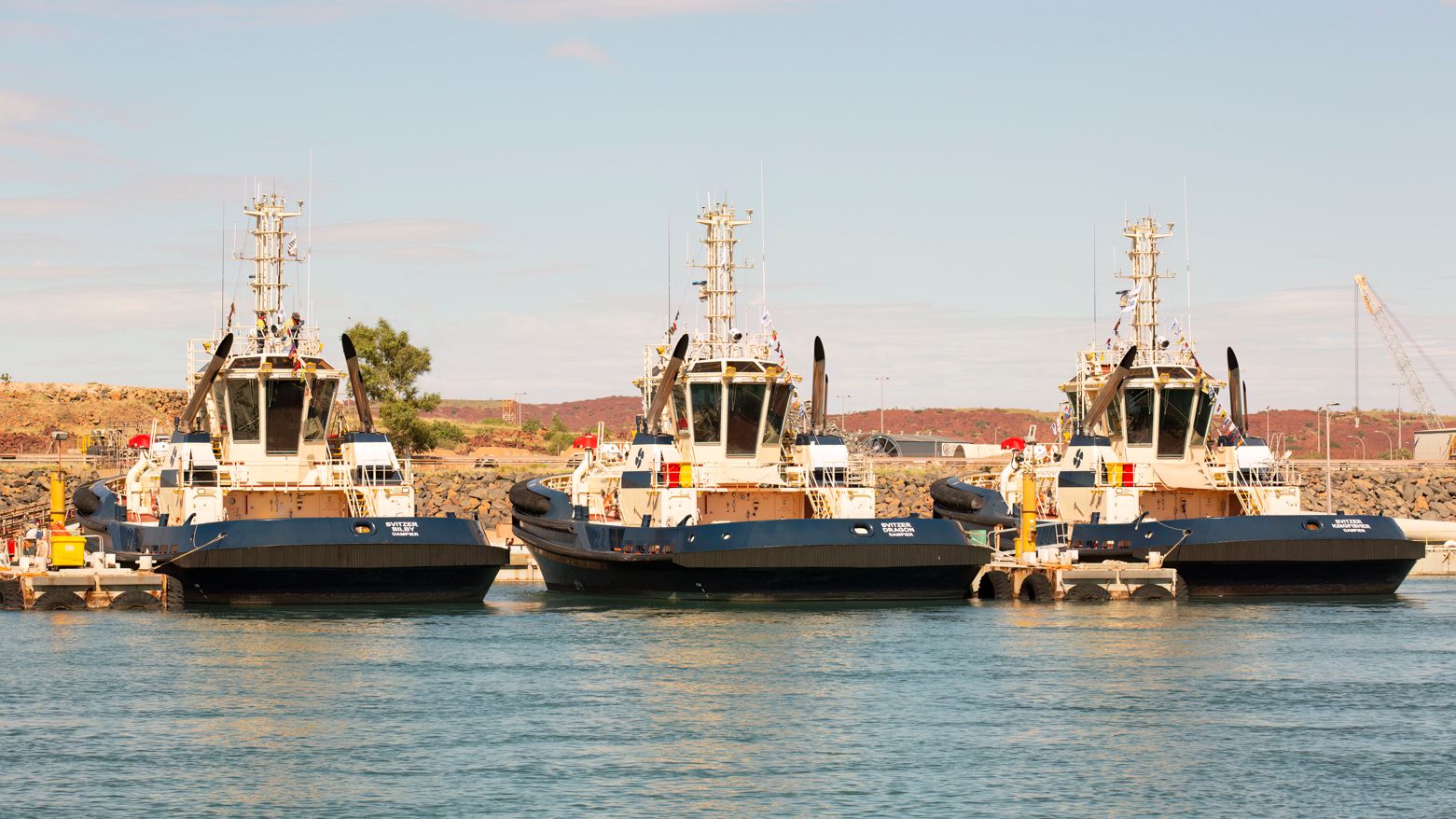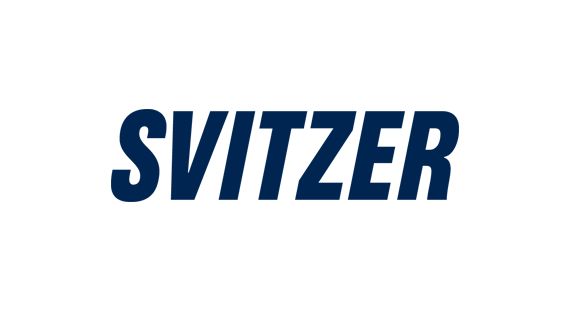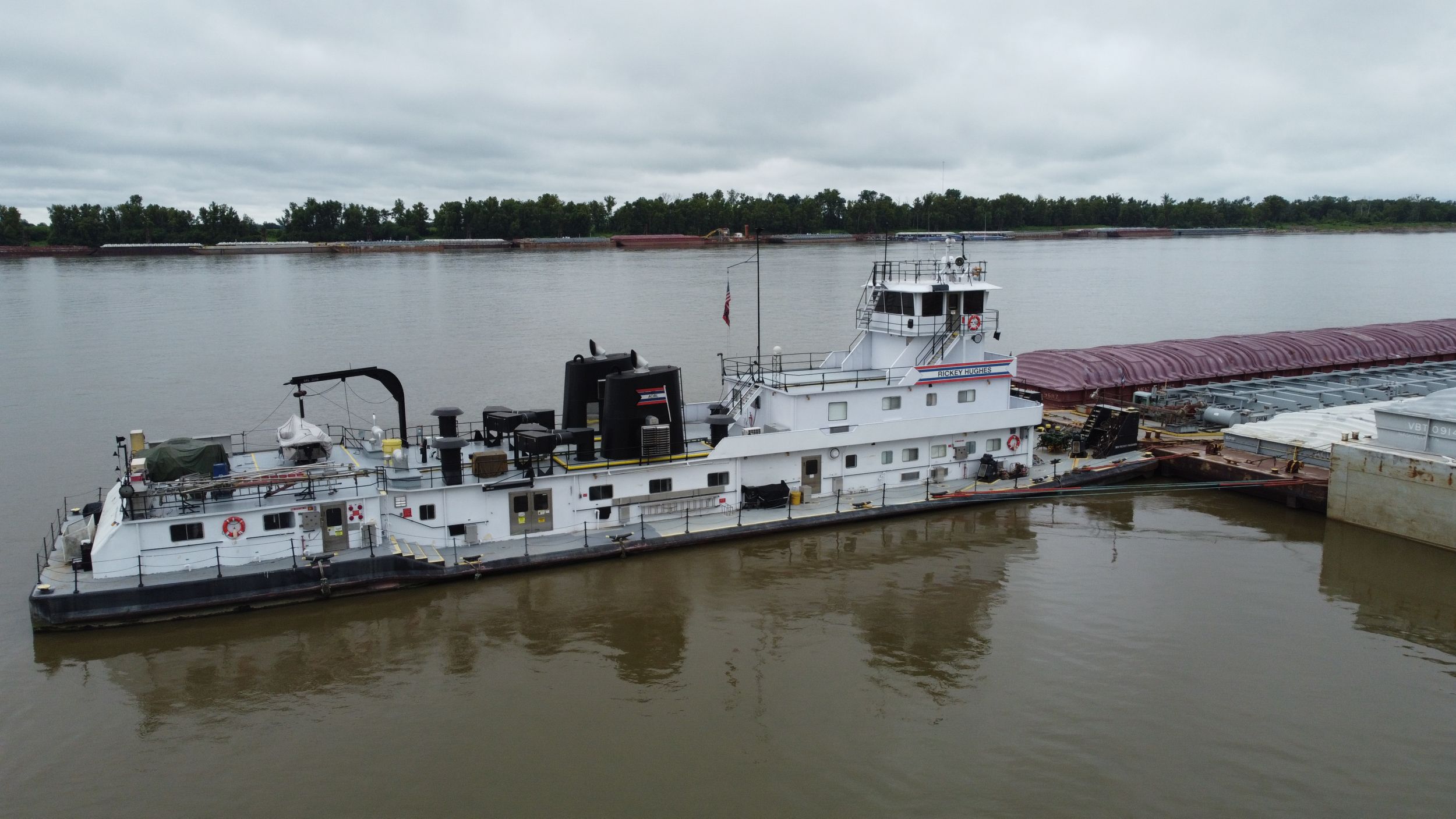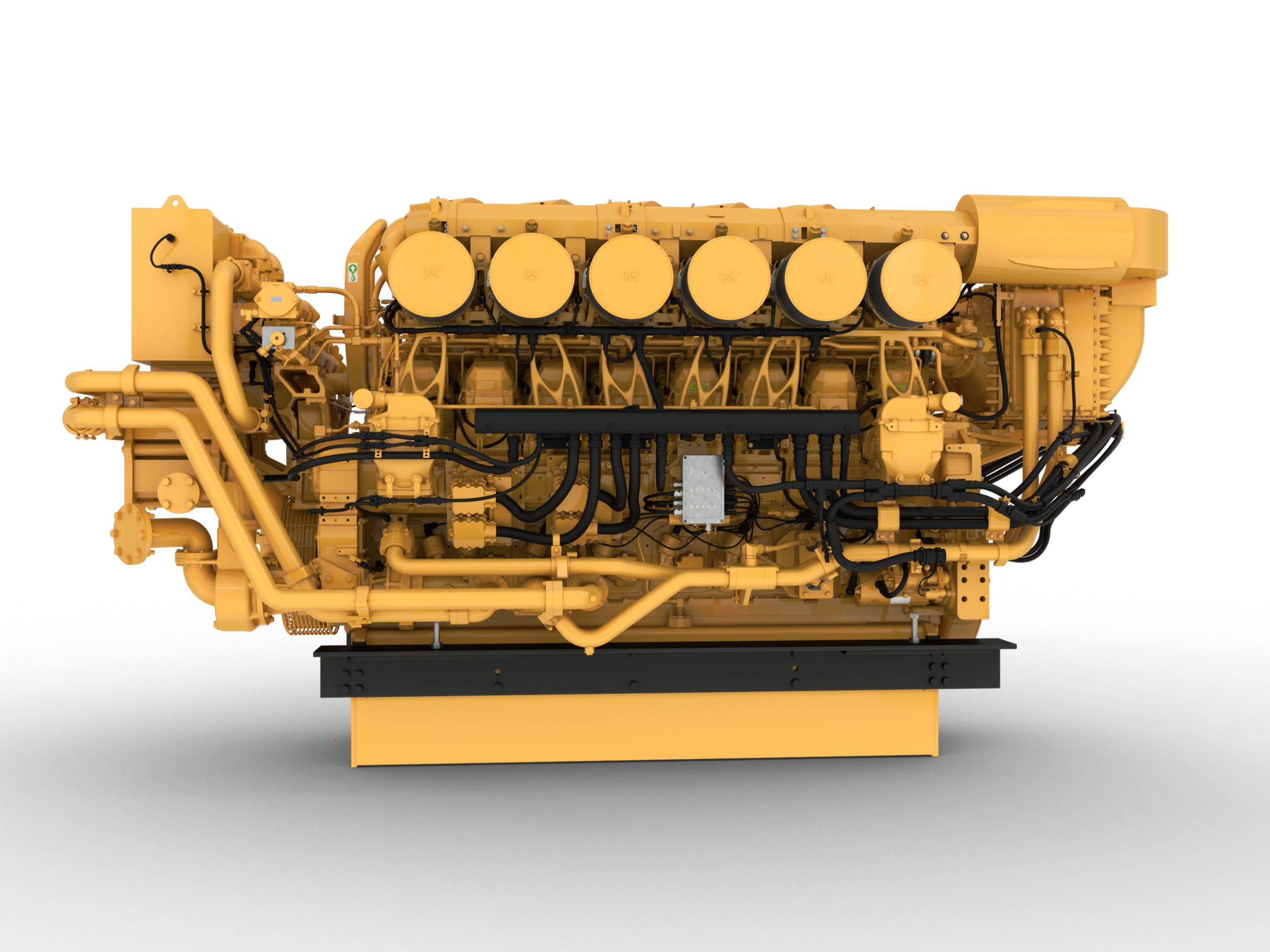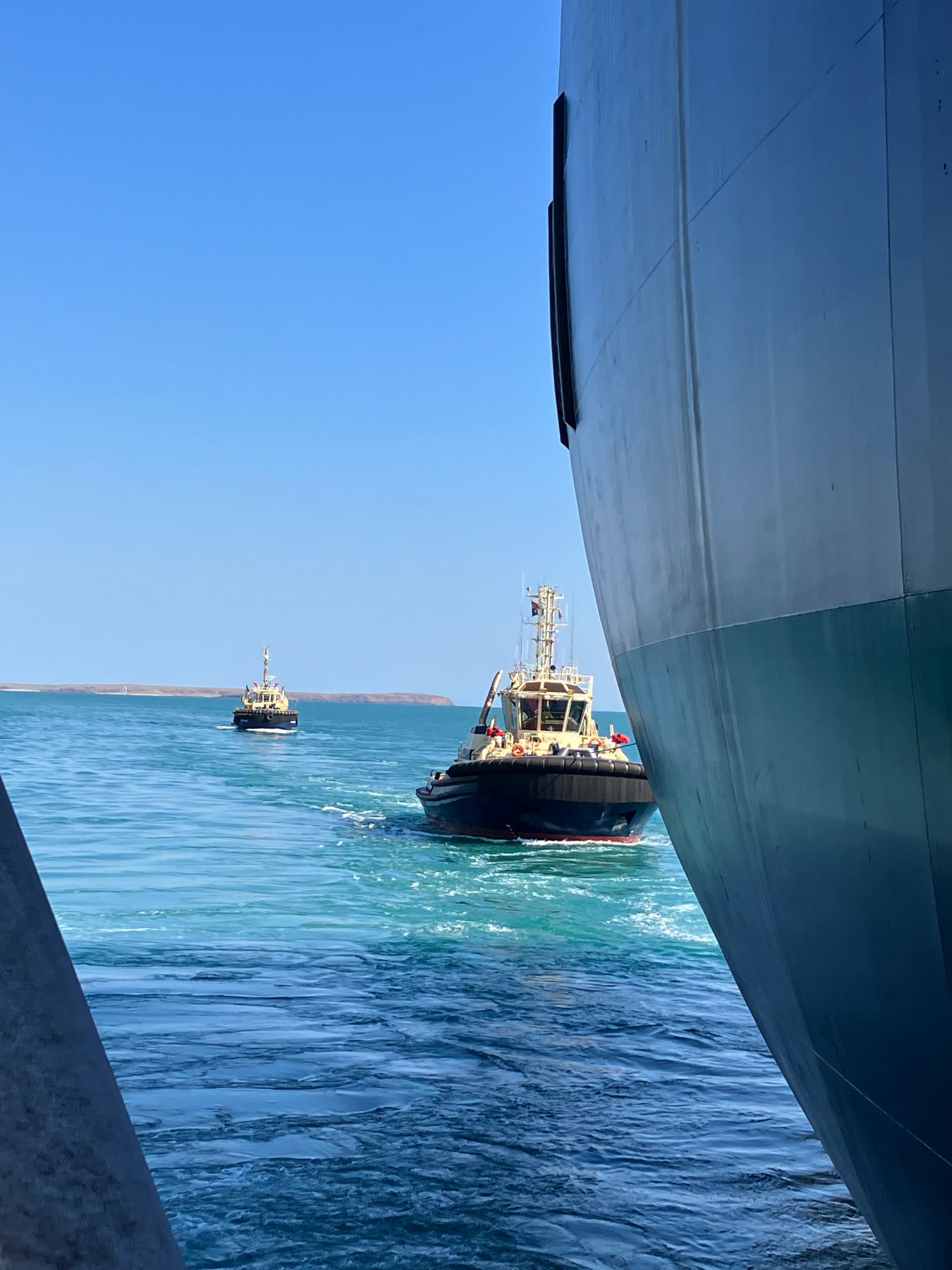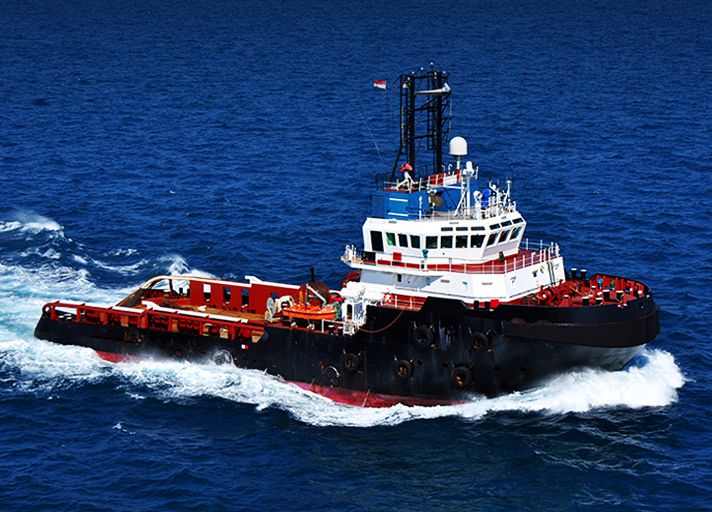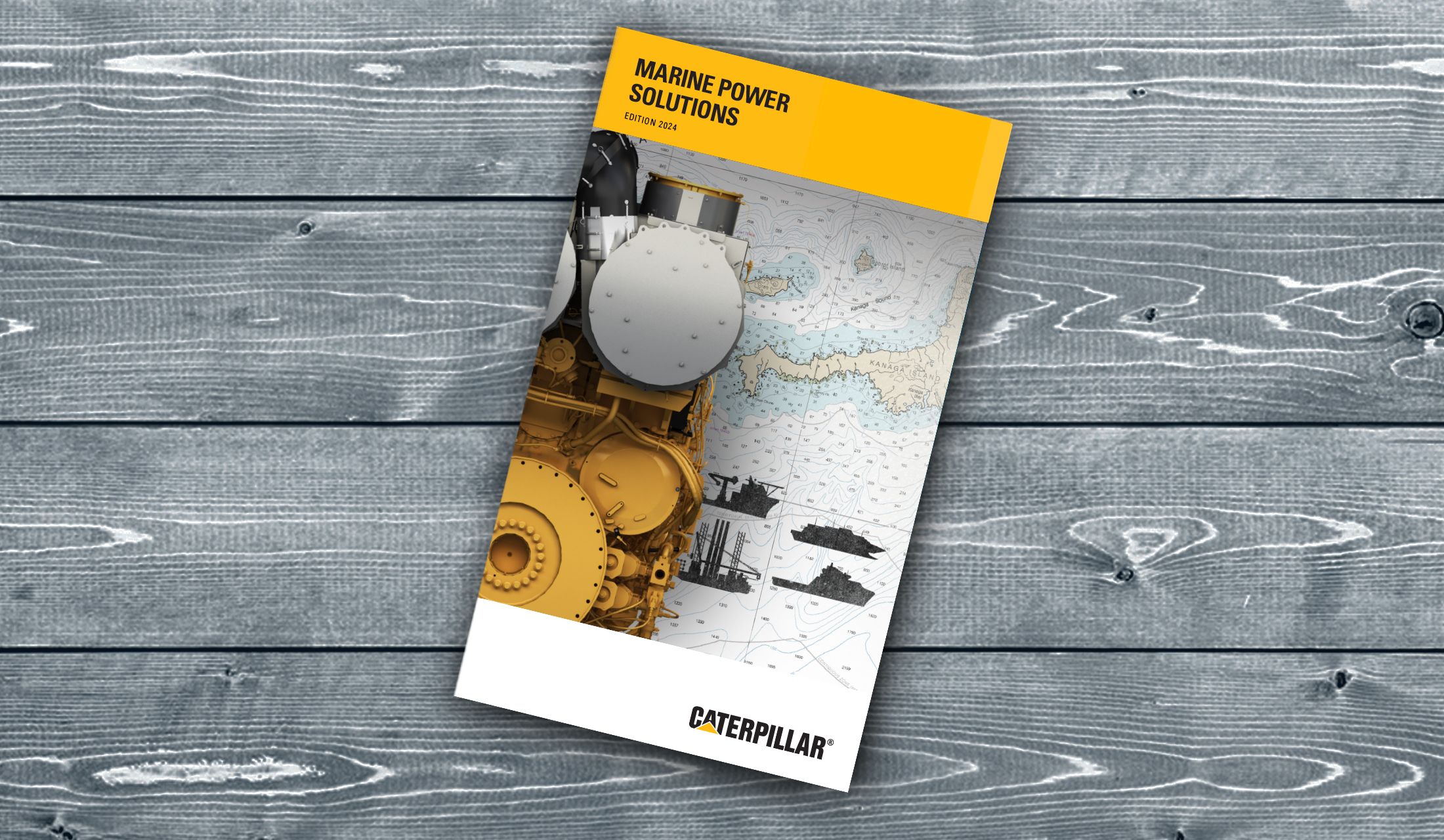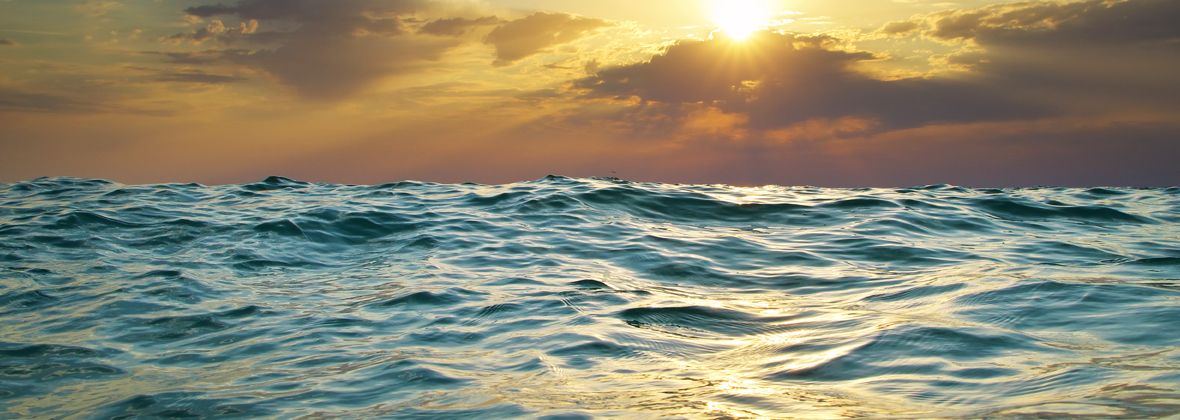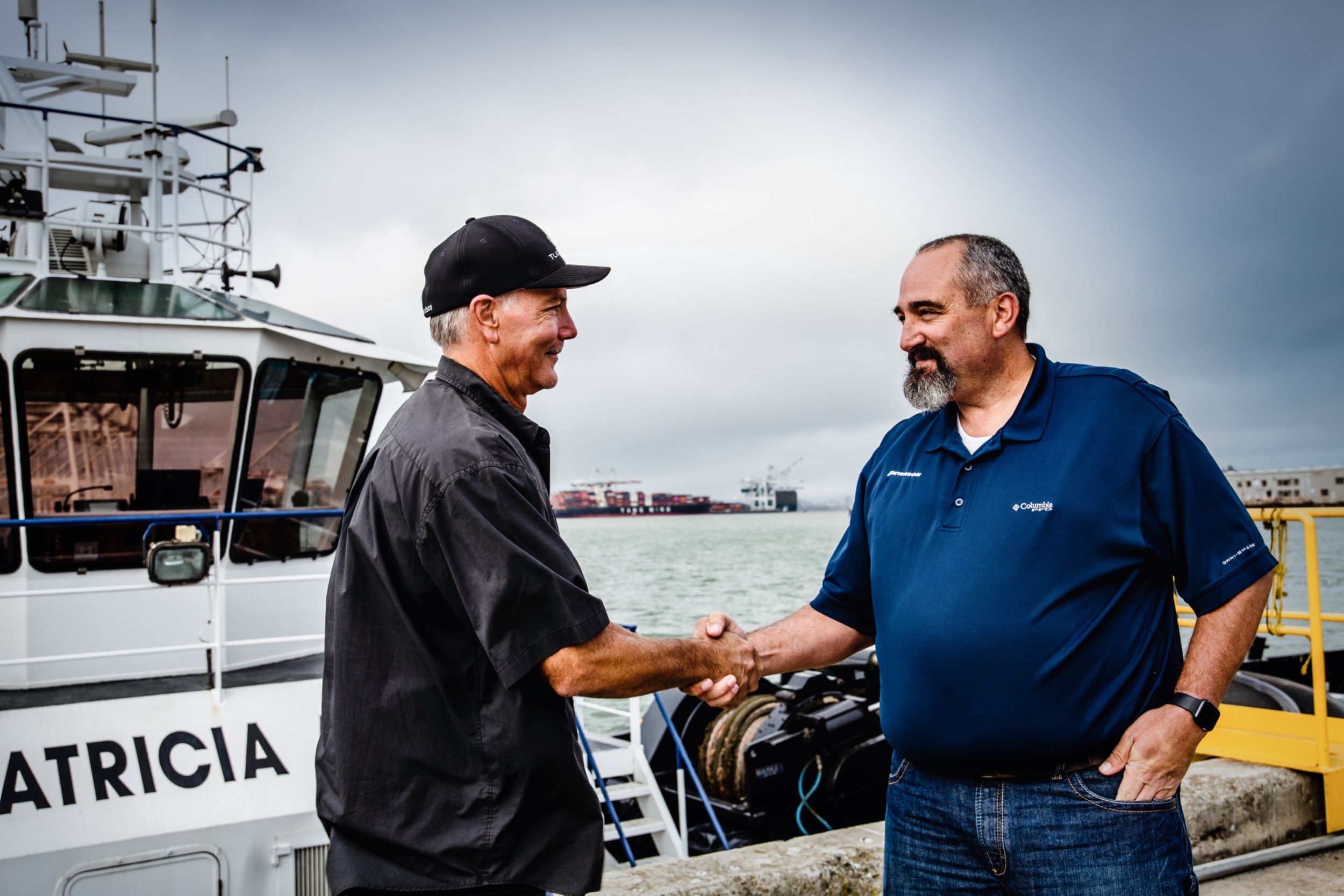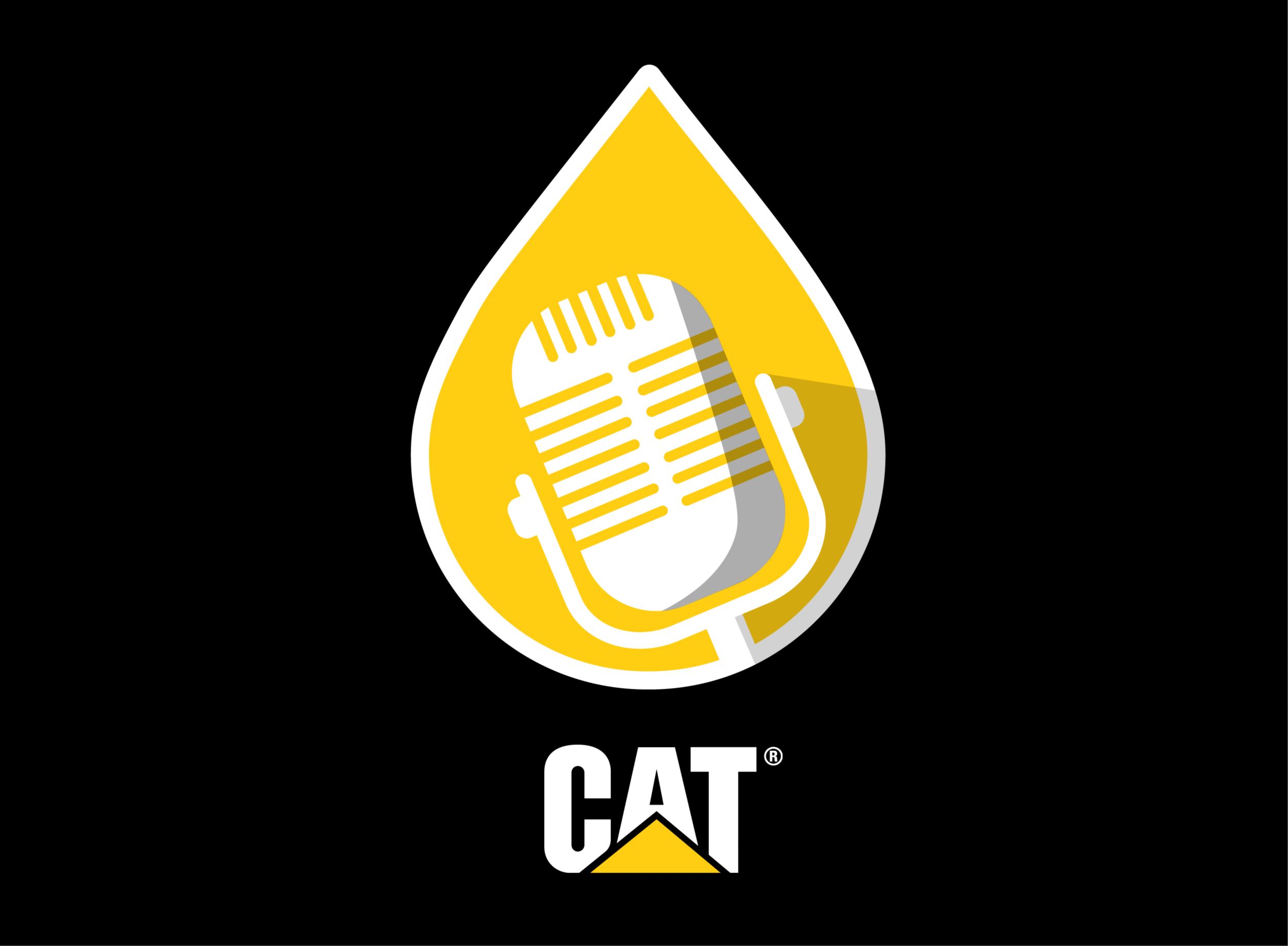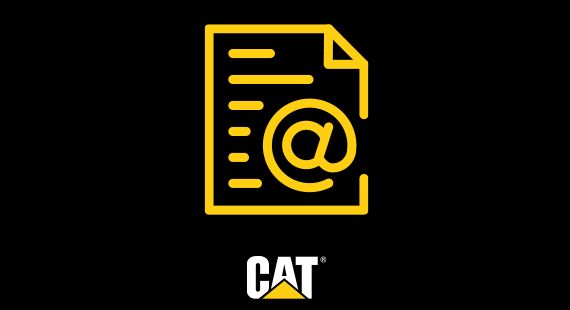Reducing Tug Fuel Consumption and Emissions
Today’s tug operators need propulsion solutions that deliver heavy-duty performance while also meeting an evolving set of requirements. Advanced technology is pivotal to help them achieve those goals.
As one of the world’s largest tug operators, Svitzer has a fleet of more than 400 vessels in more than 180 ports and terminals across 37 countries.1 The company is committed to the decarbonization strategy it announced in 2022, and notable progress has been made toward reducing its fleet’s carbon dioxide (CO2) intensity by 50% by 2030.
Collaboration is key to supporting such ambitious objectives. Svitzer and Caterpillar Marine have worked closely together to identify innovative ways to lower the maritime operator’s greenhouse gas (GHG) emissions. Svitzer also sought to further modernize its direct driven vessels and approached SCHOTTEL, a manufacturer of advanced propulsion technologies, to supply a new type of hybrid propulsion system that enables fuel consumption and related emissions to be reduced.2
SYDRIVE-M and Cat 3516E Complement Each Other
SCHOTTEL’s portfolio offers hybrid propulsion systems for applications with highly variable power ranges. One of them is SYDRIVE-M, a variable and purely mechanical hybrid propulsion system that connects a vessel’s port and a starboard-mounted azimuth thruster. The efficient system allows just one of the main engines to drive both thrusters during transit, which enables improved fuel efficiency for the operating engine while the second engine is shut down. This innovation delivers the power needed for the vessel to transit at optimal speeds while increasing fuel efficiency and saving on operating costs due to reduced overall running hours. SCHOTTEL and Svitzer had previously worked together on SYDRIVE-M as a mechanical hybrid solution tailored to Svitzer’s requirements.
When it came to customizing Svitzer’s new vessel series destined for Australia, two SCHOTTEL RudderPropellers type 490 ZYFP with this innovative system were selected. As advanced engine technology was needed to support the system and attain the desired outcomes, Caterpillar Marine introduced the Cat 3516E high-performance marine engine into the project. This engine implements an innovative, sequential turbo air system that can deliver excellent torque at low RPM, enabling one engine to drive two propellers at normal transit speeds as well as during firefighting operations.3 In order to exploit the performance advantages even further, the SYDRIVE-M is equipped with a shaft line that is uniquely tailored to the Cat 3516E engine.
For added system simplicity, 3516E engines are provided with opposite directions of rotation. This unique functionality simplifies the connection between engines and thrusters, eliminating the need for an additional gearbox between the thrusters and a commonly associated energy loss.
A Solution for Azimuth Stern-Drive (ASD) Tugs
Svitzer experienced several advantages through pairing the SYDRIVE-M with the 3516E. Significant design and construction modifications weren’t required to implement the technology. As the dimensions of the 3516E high-performance engine are very similar to the standard 3516E engine, the space requirement is essentially identical from an engine perspective. The SYDRIVE-M connection between the upper gearboxes by means of the shaft line also required no design and construction modifications to the vessels.
Following the first series of vessels launched incorporating the 3516E with the SYDRIVE-M propulsion system, tests were conducted onboard the SVITZER BILBY to validate the anticipated results. At a transit speed of eight knots, the tests demonstrated that the system reduced fuel consumption by up to 15%, depending on engine RPMs.
Operationally, the system also enables Svitzer to augment the tug’s firefighting capabilities without compromising maneuverability. In firefighting operations, one engine can power both thrusters, enabling full maneuvering capabilities while the second engine provides power required for the fire pump. In contrast to conventional FiFi Tug setups, this concept eliminates the need for additional, costly components, such as heavy-duty slipping clutches and controllable pitch propellers.
The improved fuel consumption, maintenance optimization and operational benefits Svitzer has experienced in nine tugs with the successful pairing of the SYDRIVE-M system with the 3516E high-performance engine, means the company is actively looking at installation of this configuration in further newbuild tugs for harbor and terminal operations, as part of their wider assessment and decision making process.
SYDRIVE-M: The Future of Tug Power
The 3516E engine affords vessel operators fuel flexibility, allowing ships to be powered by marine gas oil (MGO), renewable diesel (hydrotreated vegetable oil or HVO) or biodiesel (fatty acid methyl ester or FAME), which can further reduce lifecycle GHG emissions.4 This fuel flexibility empowers vessel operators to modernize their boats while continuing to advance their climate-related objectives.
The SYDRIVE-M mechanical hybrid solution paired with the Cat 3516E engine offers a practical and cost-effective way to modernize tugs to reduce operating expenses and GHG emissions while improving operational capabilities. The SYDRIVE-M is simple to implement and operate and is ideal for transit distances over five miles (as in this operational profile), and in the case of fire fighting capacity requirements, without compromising on maneuvrability. SYDRIVE-M also is advantageous in light operation modes where the two main engines do not require full power, as well as in full thrust mode where the connection between the engines is disengaged, resulting in a conventional setting with one engine powering one azimuth thruster.
1 Svitzer.com. “About Us.” https://svitzer.com/who-we-are/about-us/
2 The SCHOTTEL Group, with its headquarters in Spay/Rhine, is one of the world’s leading manufacturers of steerable propulsion systems for ships and offshore applications. Founded in 1921, the company has been developing and manufacturing azimuth propulsion and complete propulsion systems with power ratings of up to 30 MW for vessels of all sizes and types for more than 75 years. Around 100 sales and service locations worldwide ensure customer proximity.
3 Cat.com. https://www.cat.com/en_US/products/new/power-systems/marine-power-systems/commercial-propulsion-engines/
4 Biofuels do not significantly reduce CO2 emissions at the tailpipe, but switching to biofuels will reduce lifecycle greenhouse gas emissions compared to diesel. Lifecycle emissions are reduced through the use of biofuels because the source of the carbon is biogenic, meaning carbon emitted from burning the fuel today consists partly of carbon previously captured from the atmosphere by the fuel’s source. However, emissions at the tailpipe are essentially the same as diesel.



